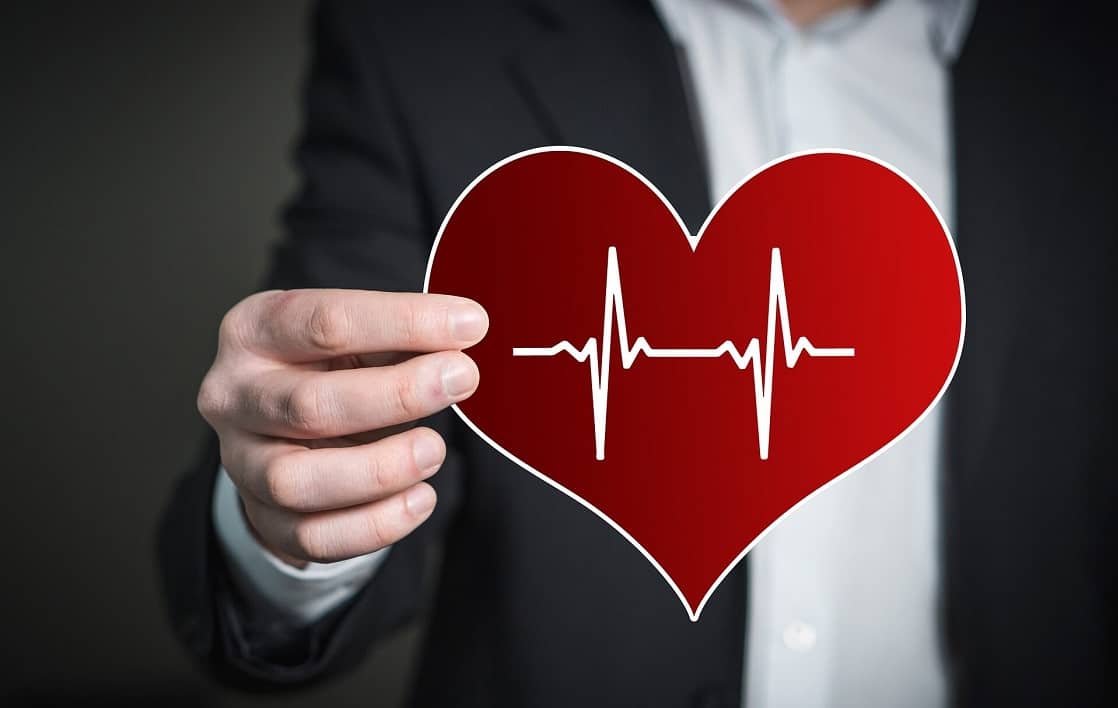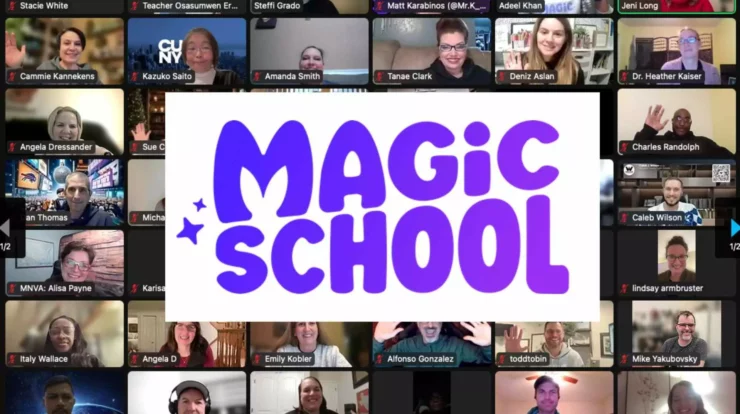
With the battle with Covid 19 far from over, it’s easy to underestimate the degree that medical health technologies have helped protect us when it matters most. While many innovations are new to the industry, a number of digital technologies have helped protect us from the worst effects of the virus and help practitioners formulate a targeted approach.
So, how exactly is modern technology helping to spearhead the fight against Covid 19 and how can you potentially benefit from the advancements made?
Where Are We?
While the pandemic is still ongoing, the medical services are fighting back in a co-ordinated, organised way. In addition to first-hand support, this involves ongoing study and guidance to be delivered to citizens, diagnosis, care for extreme cases, and using medical technologies throughout to help allow for a unified approach and to ensure that no learning is lost.
What Technologies have Helped?
Digital Interconnection: Out of all the tools available, the greatest strength is their capacity to link and ‘talk’ together. This allows for the aggregation of a wealth of data for analysis and review, directly leading to actionable change. A capacity to link is essential at all levels of diagnosis, from on-the-ward machines, practitioner laptops for notes and observations, and more. Once data is harnessed, technologies such as machine learning algorithms and advanced AI can help crunch the data and sift the information to capture the insights needed.
Wearable Sensor Tech: The use of disposable and reusable medical sensor technology has allowed overstretched staff to monitor a number of patients. This allows for the effective delivery of care and ensuring that patients get the treatment that they need. This can include sensors to monitor blood pressure, respiration rates, and more – to individuals being given blood pulse oximeters to track their recovery and spot lulls in their oxygen levels
Smartphone Technology: The use of track and trace apps has allowed government officials to develop a better understanding of how the virus may have spread and ensure that future planning takes issues around the pandemic into account. This is then examined using a range of data visualisation tools to create geospatial maps and dashboards – letting decisions be made with a high degree of accuracy about future care, potential lockdowns, and more.
What Technologies are Coming Next?
If necessity is the mother of invention, Covid 19 is pushing us harder than ever before. While scientists work on a potential vaccine or help modify existing systems – the sector is hard at work developing new technologies that can help tackle any crises that may be coming further down the road. These include-
3D Printing: Fully bespoke, modern technologies can create any number of parts for gadgets. But when it comes to medical technologies, the applications are significant. 3D printing can help create custom tools for specialist surgeries, print custom joints and bespoke parts, and more – creating long-lasting custom implants that are fit for purpose and durable. This can even extend to printing biological components which, when coated with stem cells, can be accepted by any doner, potentially changing the face of medicine as we know it.
Wearables: Miniaturization has made the provision of portable health sensors simple and unobtrusive. This can range from glucose monitors, insulin pumps, and more. Add in the fact that these devices can be digitally linked, wearers can be monitored 24/7 and allowed maximum control over their devices – allowing them to go about their day unimpeded and receive the care they need.
Virtual Reality: When it comes to medical training, experience is everything. Many teams are working with healthcare providers to develop suites of VR tools to let doctors gain practical experience in a first-hand setting where lives are never placed at risk. This can help practitioners enjoy remote training in specialist surgeries, the delivery of complicated or upsetting news, and play a vital role in patient recovery and rehabilitation.
Telehealth: Dramatically cutting waiting times, Telehealth systems will allow for rapid diagnosis of symptoms for individuals using apps. These can then allow individuals to escalate their diagnosis to a trained physician, book an appointment, and more. This can help provide peace of mind, cut down on medical workloads, and allow individuals equal access to medical services if their health or other issues may prevent them from visiting in person.
What Could I do?
In addition to advocating for your local health service and writing letters of support to your representatives, picking up certain pieces of kit can help provide an early warning – with blood pulse oximeters potentially proving to be useful add alongside installing any and all government mandated apps to help ensure that you are doing your bit to help protect friends and family when it matters most.
No matter what you choose to do, it is important that you choose a provider with a reliable track record and select a device that is under full warranty. Selecting a known supplier such as Sensoronics or another equally reliable provider can help ensure that your piece of kit will be able to provide the reliable support you need when it matters most.


